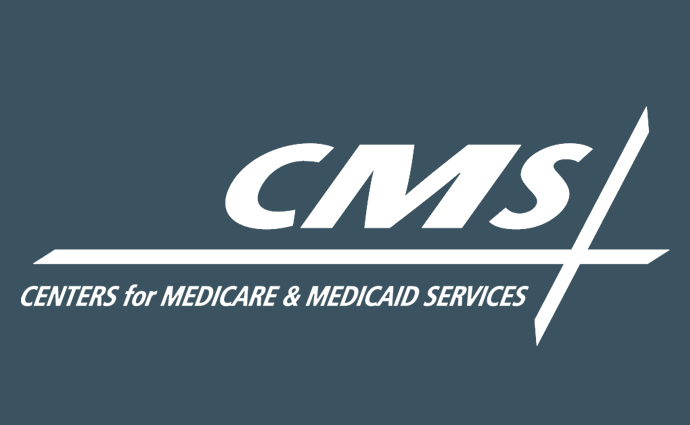CMS Proposes 2.3% Payment Boost for Inpatient Rehab Facilities
The proposed rule also includes Medicare payment updates for inpatient rehab facilities that would support the unification of post-acute care payment systems.

Source: Xtelligent Healthcare Media
- CMS is seeking a 2.3 percent, or $195 million, increase in Medicare payments to inpatient rehabilitation facilities (IRFs) in the fiscal year (FY) 2020, according to a newly proposed rule.
The proposed rule set to publish on the Federal Register on April 24 also looks to finalize the use of quality indicator data items in lieu of the Functional Independence Measure items removed in the previous year’s final IRF Prospective Payment System (PPS) rule and seeks comments on changes to the wage index calculation.
In addition to payment rate updates, CMS also proposes to:
- Revise the case-mix groups based on two years of data (FY 2017 and FY 2018) from the quality indicator data items
- Update the relative weights and average length of stay values associated with revised case-mix groups
- Apply a weighting methodology to the motor score used to determine case-mix group assignment for payment purposes
- Remove one item – roll left and right – from the motor score
- Rebase and revise the IRF market basket to reflect a 2016 base year
- Update the IRF Quality Reporting Program, including the addition of two quality measures addressing the transfer of health information and the adoption of standardized patient assessment data elements (SPADEs)
“We are continuing our efforts towards eventual transition to a unified post-acute care system, through updates to the data used for IRF payments, including revising the case-mix groups (CMGs) and updating the CMG relative weights and average length of stay values and using concurrent FY Inpatient PPS wage index data for the IRF PPS to align wage index data across settings of care,” CMS stated in a fact sheet.
The wage index adjusts Medicare payments to IRFs and inpatient rehabilitation units of hospitals to account for geographic variations in wages. CMS also adjusts payments by the percentage of low-income patients, location in a rural area, outlier payments, and more.
Specifically, the wage index is based on IPPS wage data. CMS felt the information was “the best proxy and most appropriate wage index to use in adjusting payments to IRFs, since both IPPS hospitals and IRFs compete in the same labor markets,” the proposed rule states.
Stakeholders, however, recently expressed concerns over the different wage index data used in different post-acute care settings.
The IRF PPS uses a one-year lag of the pre-floor, pre-classified IPPS wage index, while prospective payment systems for skilled nursing facilities and long-term care hospitals use the concurrent year’s IPPS wage index.
CMS itself is also looking to unify the post-acute care systems. Therefore, the agency proposes to start using the pre-floor, pre-reclassified IPPS wage index from the current fiscal year to adjust Medicare payments made to IRFs in FY 2020 and in all subsequent years.
“Using the current pre-floor, pre-reclassified IPPS wage index would result in the most up-to-date wage data being the basis for the IRF wage index. It would also result in more consistency and equity in the wage index methodology used by Medicare,” the proposed rule states.
Unifying the post-acute payment system has been a top priority for CMS.
The Medicare Payment Advisory Commission (MedPAC) stressed in June 2017 that CMS should combine post-acute care (PAC) payment systems for skilled nursing facilities, home health, hospices, and inpatient rehabilitation facilities to stymy the growth in Medicare post-acute care spending, which reached $60 billion in 2015.
“Given the overlap between PAC settings in the patients they treat, the Commission has long promoted the idea of moving to a unified PAC PPS that spans the four settings, with payments based on patient characteristics rather than the site of service,” the June 2017 report to Congress states.
The commission believes the implementation of a unified post-acute care payment system could start as early as 2021.
However, critics of the unified post-acute care payment system argue the new reimbursement mechanism could harm rural hospitals, which provide post-acute and hospice care to local patients who are looking t avoid unnecessary travel and wish to stay close to friends and family.
The proposed update to the IRF is just one step CMS is taking to unify post-acute care payment systems. Stakeholders can comment on the proposals until June 27, 2019.
